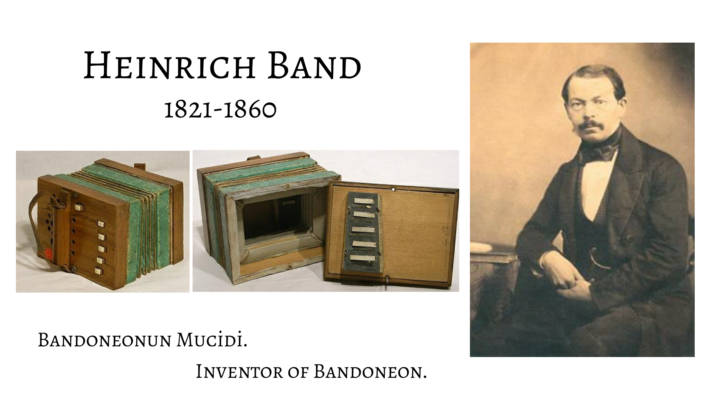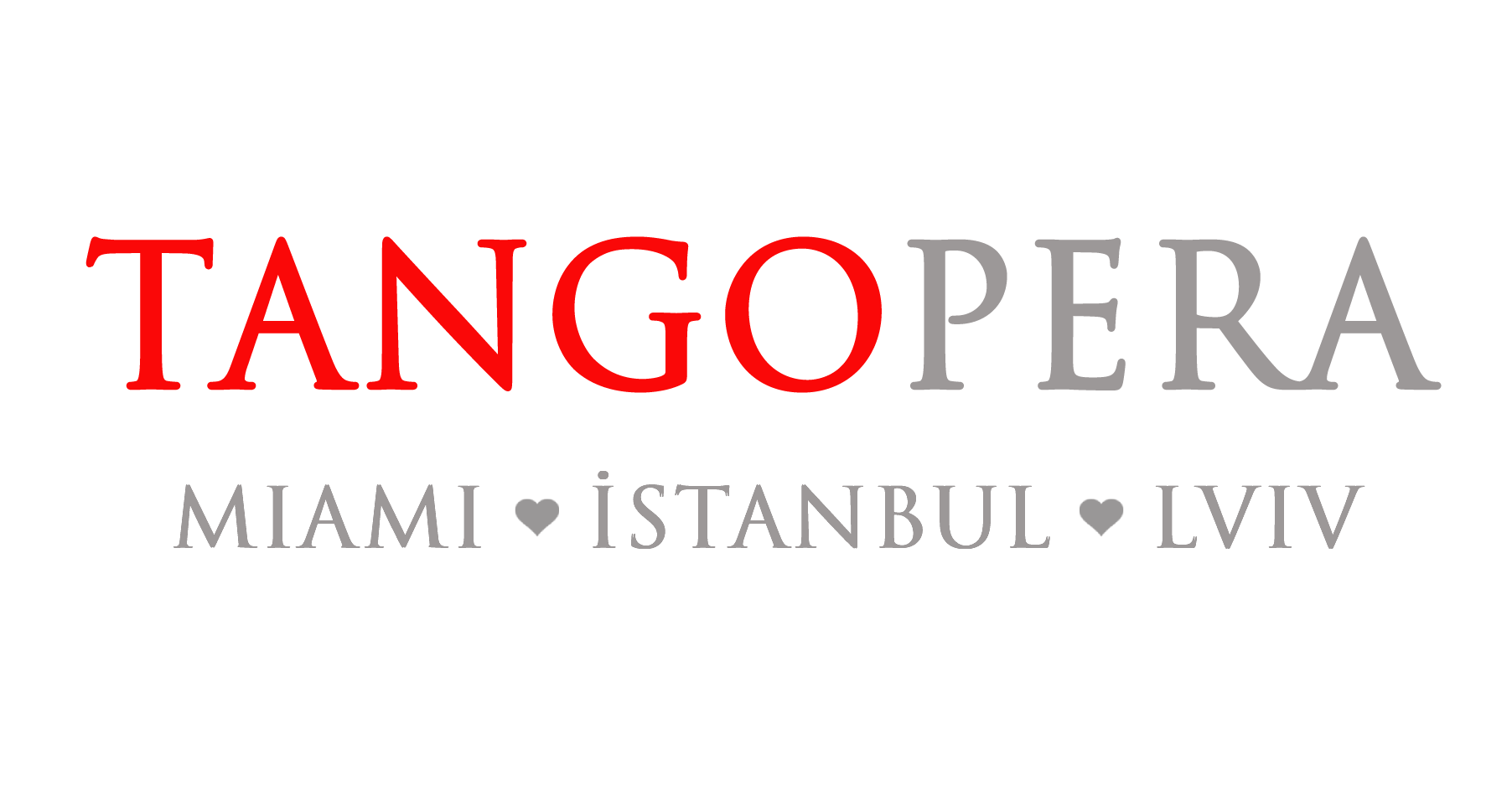Tango History
Tango history: In the final years of the 19th century, Europe was devastated by wars, famine and economic uncertainty. With little hope for the future and little hope for an orderly life in their homeland, many young men immigrated to South American countries to start a new life. Hundreds of thousands of them went to Buenos Aires, the capital of Argentina on the Rio de la Plata.
Tango history_ The word “tango” is thought to be of African origin
and tango means “meeting place” or “private place”. However, this does not mean that Tango is also of African origin. The Habanera in Cuba, the Contradanza in Spain, and the Candombe, an African-Argentine dance, were instrumental in the birth of Tango; however, none of these dances influenced Tango as much as Milonga.
Milonga means “party” or “fiesta”
and Milonga music is lively, exciting and upbeat. The information we have is that Compadritos is related to dances of African-Argentine origin and may have adapted some figures from these dances to Milonga.
The new Argentines of European descent shared a common fate,
yet they were still often in despair and disappointment. These young people often spent time in academias and pregundies, shabby cafes where waitresses could be hired to dance. Young men had to be very good dancers in order to impress women, so dance became very important to them.
Since there were no professional dance academies,
the men began to teach each other Tango, taking turns taking the male and female steps and practicing this way before seducing the women in the cafes. As they were no longer bound by the strict rules of European dance, men began to find very practical and often entirely new ways to master the women in their dance.

Argentine Tango: tango lessons, tango seminar, tango dance choreography, tango show, tango music, tango dj’ing, everything about tango.
Kerem Elena Tango. tangopera.com
